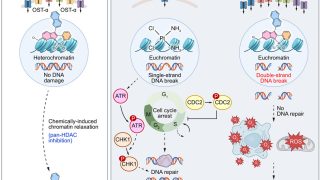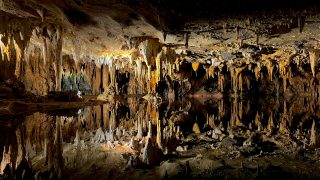
Rare bumble bee’s downfall began long before effects from humans
A rare North American bumble bee may have been on a path toward extinction long before modern human impacts, suggesting that its long-term genetic vulnerability made it especially fragile and less able to cope with both past and current environmental stresses. The study focused on the Franklin bumble bee, once found only in parts of […]








